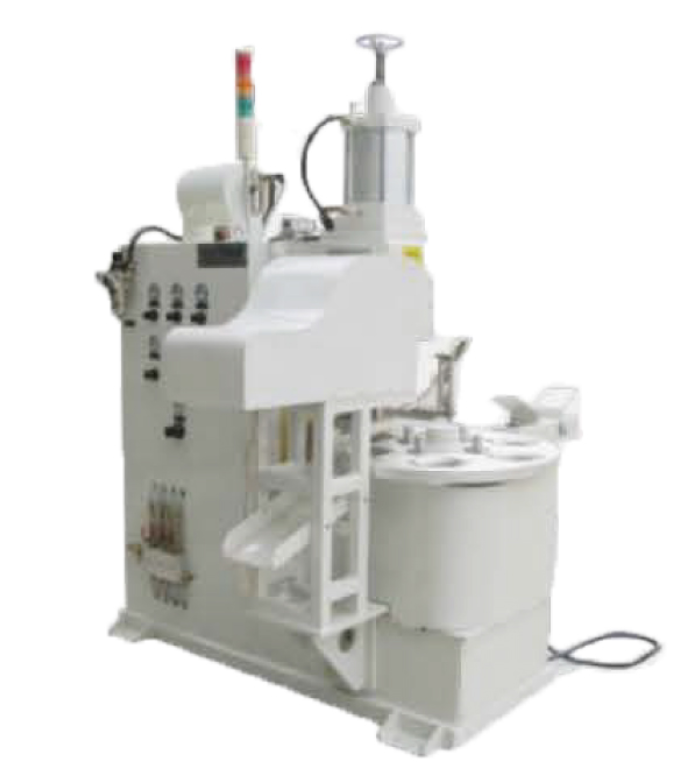
Low Voltage Appliance Industry
(Total 5 Products)-
Min. Order:1Industrial Oven Liner Double Seam Welding: A model of high-temperature protection forged by welding technologyIn the core protection field of Industrial high-temperature equipment, the Industrial Oven Liner Double Seam Welding, with its outstanding...
-
Min. Order:1Silver Plated Copper Terminal Resistance Welding Machine: The precise choice for welding silver-plated copper terminalsIn the field of electronic connections, silver-plated Copper terminals have become key components due to their excellent...
-
Min. Order:1CNC Welding Machine for Accumulators Welder: The intelligent core for battery weldingIn the field of battery manufacturing, the accuracy and stability of the Welding process directly determine the performance and lifespan of the products. With the...
-
Min. Order:1Automatic Copper Wire Spot Welding Machine: The automated benchmark for copper wire spot weldingIn the fields of wires and cables, motor windings, etc., the connection quality of Copper wires directly affects the electrical conductivity and safety...
-
Min. Order:1Copper Wire Spot Welding Machine: A precise spot welding tool for copper wire connectionsIn the Copper Wire connection link of the electronics, electrical and other industries, the Copper Wire Spot Welding Machine has become a key equipment to...
Low voltage appliances (e.g., circuit breakers, contactors, sockets) are critical for electrical safety. Resistance welding machines, based on the "resistance heat + pressure bonding" principle (Joule's law), are core equipment in their production. They join metal components (copper, silver-plated contacts, steel shells) with precision, ensuring appliances’ reliability and electrical performance.
Core Applications in Low Voltage Appliance Manufacturing
Contact Welding: Contacts (silver-copper alloy) in circuit breakers need strong, low-resistance joints. Micro-spot resistance welders use 5-15kA current and 50-200N pressure, welding contacts to copper bars in 10-30ms. This ensures contact resistance ≤5mΩ, preventing overheating and ensuring stable current transmission.
Shell & Terminal Welding: Steel/aluminum shells of sockets or contactors rely on seam resistance welders. They create airtight welds (0.5-2mm thick) at 1-2m/min speed, with tensile strength ≥250MPa. This enhances shell durability and protects internal components from dust/moisture.
Coil Lead Welding: Low voltage appliance coils (e.g., in contactors) need lead wires connected to terminals. Projection resistance welders target coil lead ends, using 8-20kA current to form firm joints. They avoid coil insulation damage, ensuring appliance electromagnetic performance.
Key Advantages for the Industry
Precision: Controls welding parameters (current, time, pressure) to 0.1ms/0.1N accuracy, fitting small components (some ≤5mm) in low voltage appliances. Defect rates stay below 0.2%.
Efficiency: Welds 3-8 components per second; automated lines produce 3,000+ appliances hourly, meeting mass production needs (e.g., socket factories’ 100,000+ daily output).
Cost-Effectiveness: No consumables (welding wire/gas) reduce material costs. Parts last 8-15 months, lowering maintenance expenses.
Material Compatibility: Welds copper, steel, silver-plated metals—common in low voltage appliances—without damaging surface coatings (e.g., silver plating on contacts).
Future Trends
Smart Integration: AI sensors detect component size/material, auto-adjusting parameters. Data links to MES systems for quality tracing, critical for safety-focused appliances.
Energy Saving: Inverter tech cuts energy use by 30% vs. traditional machines, aligning with the industry’s green production goals.
Miniaturization: Compact welders (smaller by 40%) fit narrow production spaces, supporting miniaturized low voltage appliances (e.g., slim sockets).

Special welding machine
Special welding equipment is a professional welding system designed for special materials, complex structures or extreme working conditions, providing innovative solutions for high-difficulty demands that traditional welding cannot meet. This equipment integrates advanced welding processes (such as electron beam welding, friction welding, laser hybrid welding, etc.) and achieves dissimilar metal connection, vacuum environment welding or micron-level precision processing through customized design.




